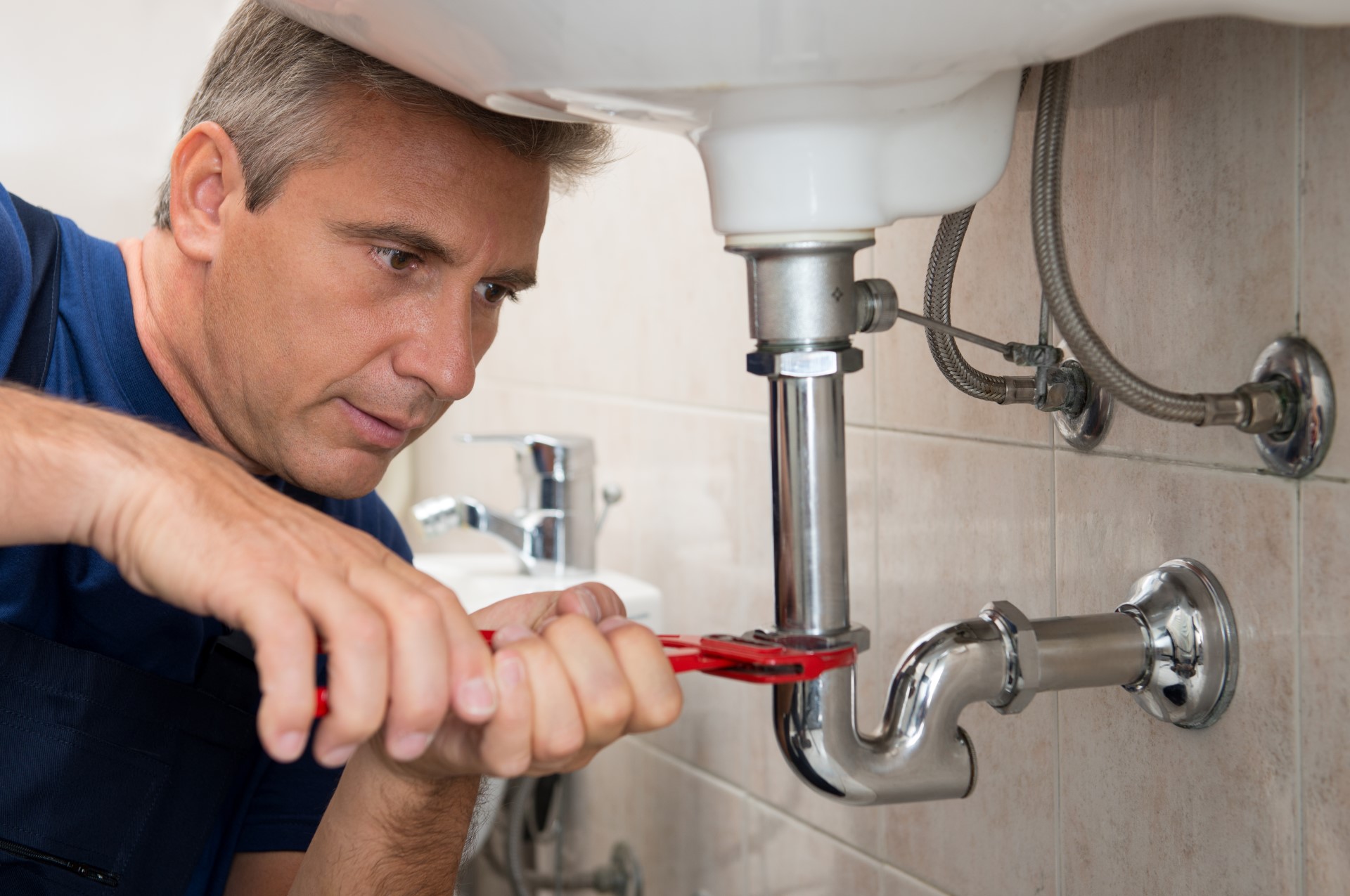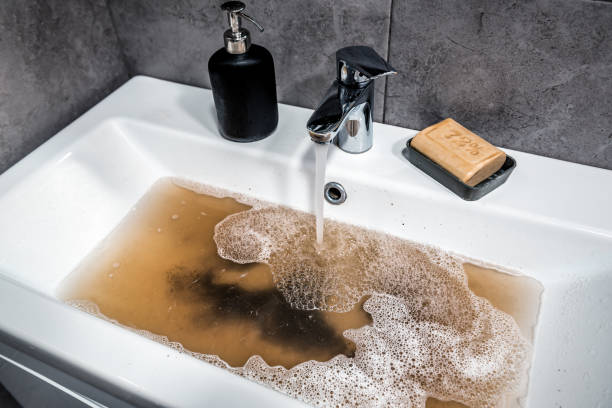A clogged bathroom sink is a common inconvenience that can disrupt your daily routine. Understanding the causes of sink clogs is crucial in preventing them and maintaining a smoothly running bathroom sink faucet. In hoc articulo, we will explore the factors that contribute to sink clogs and provide useful tips to keep your bathroom sink clear and functional.
What cause the bahroom sink clog ?
Accumulation of Hair and Soap Scum:
One of the primary culprits behind sink clogs is the buildup of hair and soap scum. As we wash our hands or brush our teeth, hair strands and soap residues can easily find their way down the drain. Over time, these substances can accumulate, causing blockages that impede water flow.
Food Waste and Grease:
Although the bathroom sink is primarily used for personal hygiene, it’s not uncommon for food particles and grease to find their way into the drain. Whether it’s rinsing off dishes or disposing of small food scraps, these remnants can cause obstructions in the pipes. Grease, in particular, can solidify and stick to the pipe walls, narrowing the passage for water to flow freely.
Foreign Objects:
Accidental or intentional introduction of foreign objects into the sink can lead to clogs. Children may drop toys or small items down the drain, while adults may dispose of cotton swabs or dental floss, unaware of the potential consequences. These objects can block the drain and disrupt the normal water flow.
Mineral Deposits and Hard Water:
In areas with hard water, the accumulation of mineral deposits can contribute to sink clogs. The minerals present in the water, such as calcium and magnesium, can build up within the pipes, gradually narrowing the opening. This can restrict water flow and lead to clogging issues.
Prevention Tips:
Install a sink strainer or hair catcher to trap hair and prevent it from going down the drain.
Avoid pouring grease or oil down the sink. Dispose of it in a separate container.
Use a drain cover to prevent accidental introduction of foreign objects into the sink.
Regularly clean your bathroom sink and drains using a mixture of baking soda and vinegar to prevent buildup.
Consider installing a water softener if you live in an area with hard water to minimize mineral deposits.
How to clog the bathroom sink?
Having a clogged bathroom sink can be frustrating and inconvenient. Not only does it slow down your daily routine, but it can also lead to unwanted odors and water damage if left untreated. In hoc articulo, we will explore effective ways to unclog your bathroom sink and get it flowing smoothly again.

fixing the clog bahroom sink
Gradus 1:
Gather the necessary tools Before you begin, gather the following tools:
- Plunger
- Bucket
- Baking soda
- Vinegar
- Boiling water
Gradus 2:
Remove any visible debris Check your sink drain for any visible debris such as hair, soap scum, or small objects. Use gloves or tweezers to remove them. This will help improve the effectiveness of the unclogging methods.
Gradus 3:
Use a plunger Place the plunger over the drain and create a tight seal. Push and pull the plunger vigorously for about a minute. This will create pressure and force any clogs to dislodge. Afterward, run some water to check if the clog has cleared.
Gradus 4:
Try the baking soda and vinegar method If the plunger didn’t solve the issue, it’s time to bring out the baking soda and vinegar. Start by pouring half a cup of baking soda down the drain, followed by half a cup of vinegar. The mixture will create a fizzing reaction, which helps break down the clog. Let it sit for about 30 minutes.
Gradus 5:
Flush with boiling water After the baking soda and vinegar mixture has had time to work its magic, boil a pot of water. Carefully pour the boiling water down the drain to flush away any remaining debris. This step will help clear out the clog and leave your sink drain running smoothly.
Gradus 6:
Repeat if necessary In some cases, stubborn clogs may require multiple attempts. If the clog persists, repeat steps 3 to 5 until the drain is completely unclogged.
Unclogging your bathroom sink drain doesn’t have to be a daunting task. By following these simple steps and using basic household items, you can quickly and effectively unclog your drain. Remember to perform regular maintenance to prevent future clogs. Now you can enjoy a hassle-free and smoothly running bathroom sink faucet!
FAQ: Header 2: Frequently Asked Questions
Question 1: How often should I clean my bathroom sink drain?
Answer: It is recommended to clean your bathroom sink drain at least once a month to prevent buildup and potential clogs. Regular maintenance can help avoid major blockages and keep the drain running smoothly.
Question 2: Can I use chemical drain cleaners instead of natural solutions?
Answer: While chemical drain cleaners may seem like a quick fix, they can be harsh on your pipes and harmful to the environment. Natural solutions, such as baking soda and vinegar, are safer and more eco-friendly alternatives that can effectively unclog your bathroom sink drain.
Question 3: What should I do if none of the methods work?
Answer: If you’ve tried all the steps and the clog persists, it may be best to consult a licensed plumber. They have the expertise and specialized tools to handle more complex clogs or underlying plumbing issues. It’s always better to seek professional help to avoid further damage to your plumbing system.
 iVIGA SPISSAMENTUM Factory supplementum
iVIGA SPISSAMENTUM Factory supplementum

